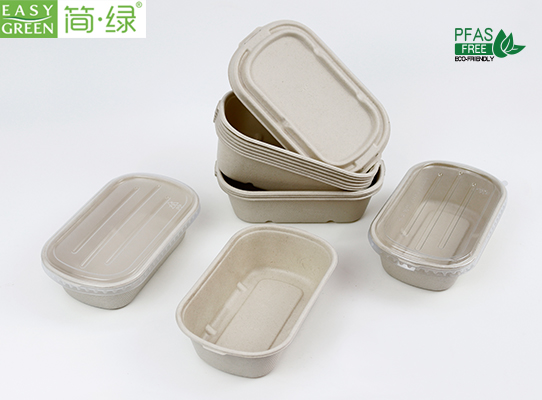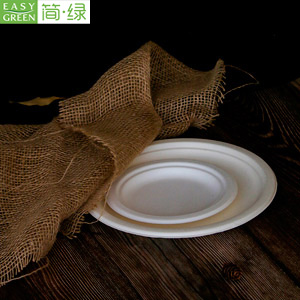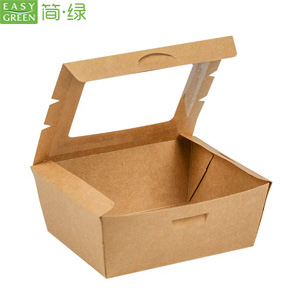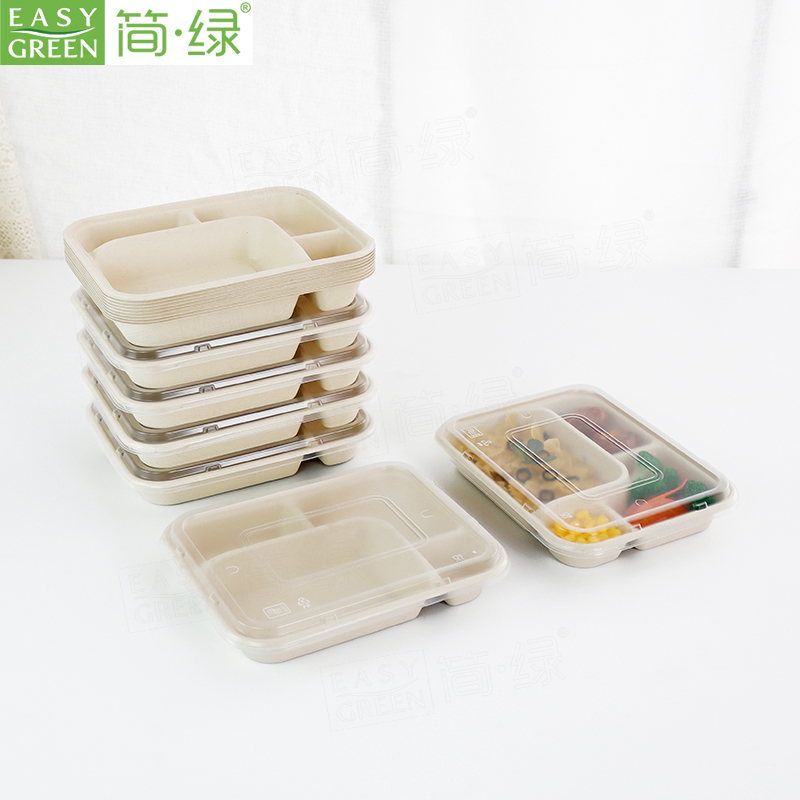In today's increasingly conscious and environmentally aware world, the need to make sustainable choices carries more weight than ever. One area where this sentiment holds particular significance is in the food industry, and specifically in packaging materials. As consumers demand eco-friendly solutions, brands like Easy Green are stepping up to the challenge. This blog aims to explore the stark differences between environmentally friendly food packaging materials and conventional options, shedding light on the importance of embracing sustainable packaging practices.
The Urgent Need for Eco-conscious Packaging
Throughout the years, conventional packaging materials have wreaked havoc on the environment. Our consumption patterns have led to a staggering amount of plastic waste polluting our ecosystems, taking centuries to decompose. The need for a change is paramount, and environmentally friendly food packaging materials are the answer.
These sustainable materials are designed to be biodegradable, compostable, and recyclable, ensuring that our planet is not saddled with the consequences of our choice in packaging. By making the switch, companies like Easy Green are committing to a more sustainable future, while aligning themselves with the growing demand for eco-conscious choices.
Environmentally Friendly Food Packaging Materials: A Greener Solution
Bioplastics: Derived from renewable sources like cornstarch or sugarcane, bioplastics offer a viable alternative to traditional petroleum-based plastics. These materials can be composted, reducing the accumulation in landfills and the release of harmful greenhouse gases.
Recycled Paperboard: Utilizing recycled paper products, such as cardboard and paperboard, can significantly reduce the reliance on deforestation and the carbon footprint involved in their production. Brands like Easy Green understand the importance of sourcing sustainable paper products to minimize environmental impact.
Natural Fiber Packaging: Materials such as bamboo, sugarcane bagasse, and wheat straw offer innovative options for sustainable packaging. These natural fibers are biodegradable and can be used for various packaging purposes, including food containers, cutlery, and cups.
Edible Packaging: A promising trend emerging in the industry is the rise of edible packaging, primarily made from edible films derived from plant-based starches or seaweed. Not only do these materials minimize waste, but they also provide a unique and enjoyable experience for consumers.
The Road Ahead: Embracing Sustainable Packaging Practices
While the benefits of wholesale compostable packaging materials are evident, the transition towards sustainability is not without its challenges. One such challenge lies in the increased cost of these materials. However, with the rising consciousness of consumers and the growing demand for eco-friendly options, brands investing in sustainable packaging are likely to win the loyalty of environmentally conscious customers.
Furthermore, adopting a circular economy approach can also alleviate the strain on resources. By promoting recycling programs and advocating for the responsible disposal of packaging, companies like Easy Green can maximize the lifespan of their materials and reduce waste significantly.
Wholesale biodegradable packaging materials have emerged as the path forward in the packaging industry. With a range of options available, it is now possible for brands like Easy Green to reduce their ecological footprint while meeting the demands of environmentally conscious consumers. By embracing sustainable practices and investing in greener packaging solutions, we can collectively contribute to a healthier planet and pave the way for a more sustainable future. Learn more about our
compostable plates wholesale,
compostable coffee cups wholesale,
eco friendly to go containers wholesale, etc.
 English
English 





